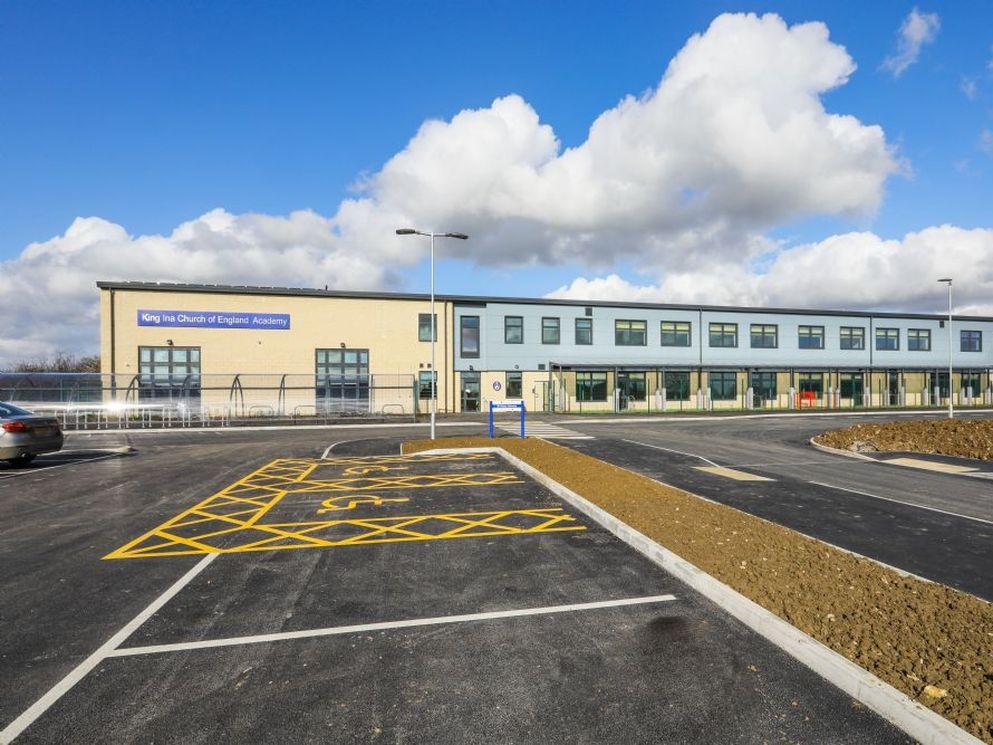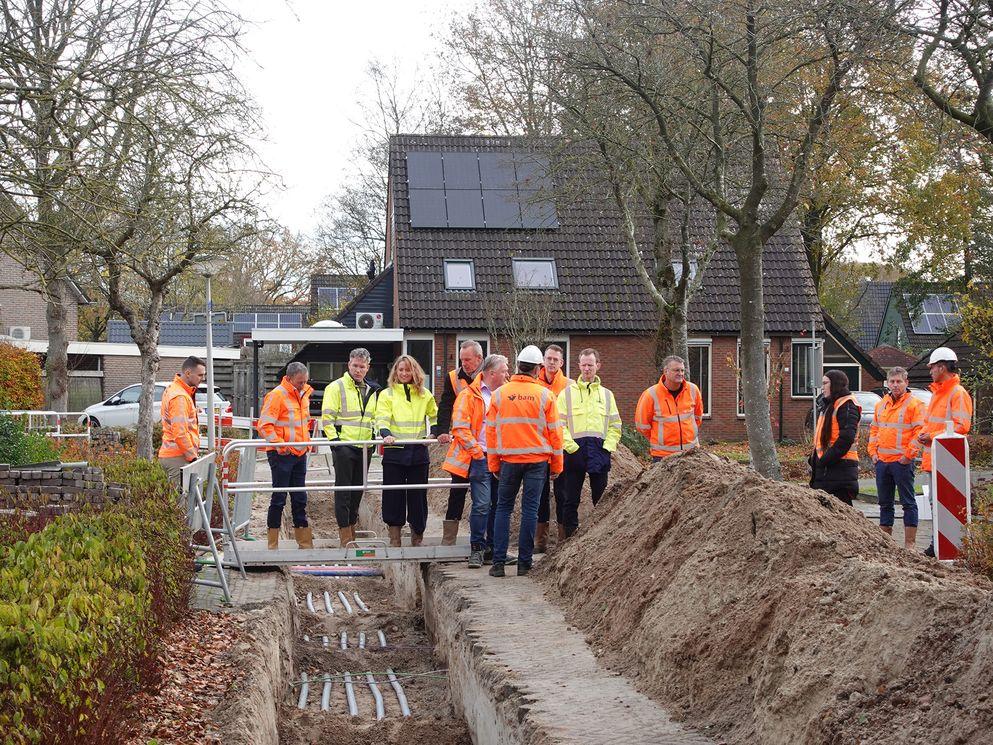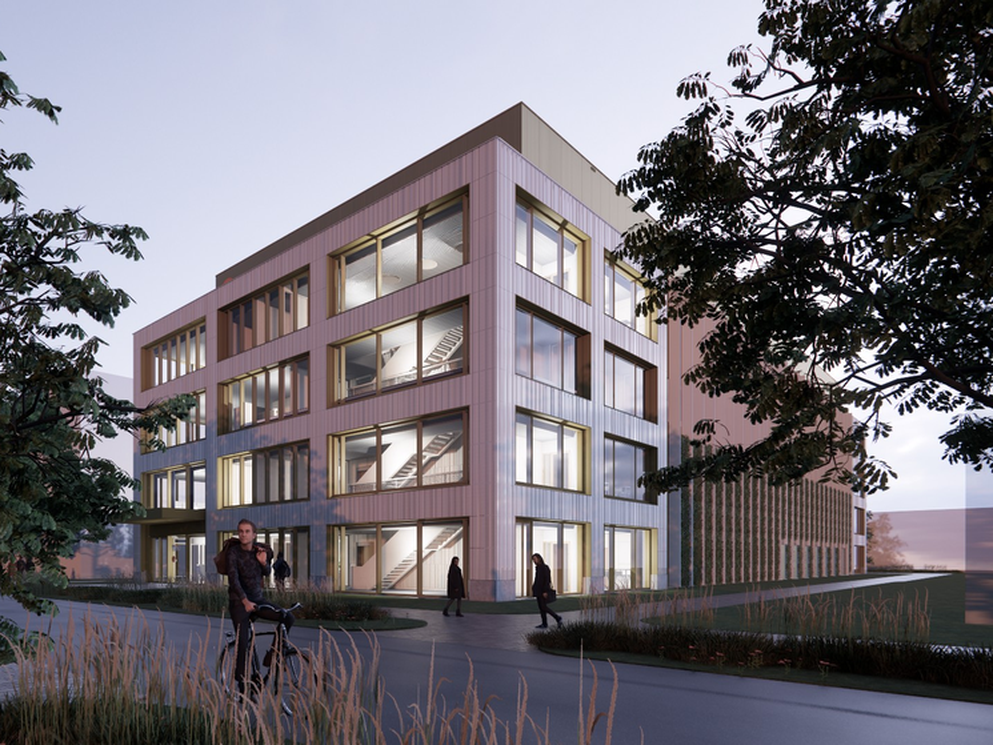Carbon assessment approach used at new school in Somerset could influence next generation of school design

26 March 2021 - Built environment company BAM has carried out an assessment of the embodied carbon and the operational carbon used in the design and construction of a new primary school in Somerset. Handing over King Ina School in Somerton, BAM said that its approach would benefit future school designs by giving it a benchmark that can both be revisited at the school itself, and which will help inform the design and construction of future schools.
Embodied carbon has not been considered as a priority in school design and building but the tide is changing and measurement is becoming a priority for the Department for Education. BAM worked on the school design with Somerset County Council which invested £7.3 million to develop their new primary school, accommodating up to 420 pupils and 52 early years children. Appointed under the Southern Construction Framework (SCF), BAM created 14 classrooms, a nursery, a school hall, a production kitchen, sports pitches, and a multi-use games area.
Tim Chell, Director of BAM’s Western region which covers the south west of England and Wales, said: ‘This school is the first delivery of our standard model school design for Somerset County Council. Because it is a standard design for a primary school we decided to conduct both an as-built embodied carbon assessment and a whole-life carbon assessment, which also takes into account what we call ‘designed operational energy, the impact of lifecycle replacements of materials and end of life treatment. This establishes a baseline for this new school model which influences future school designs. Design progress in our industry is about benchmarks rather than quantified reductions. This process of measuring and improving is what allows us to demonstrate we can meet clients’ future needs, delivering lower carbon buildings.’
BAM will now work with the school to assess the building’s actual energy usage, and update the assessment
Mr Chell added: ‘The design itself makes use of natural light and natural ventilation, supported by using efficient services throughout and a highly insulated building fabric. For a standard design we were pleasantly surprised that the embodied carbon up to practical completion was 454.11 kgCO2/m2 which is well within our target of 600 kgCO2/m2. Our next version of this model will be a Passivhaus design – BAM was the first company in the UK to deliver a Passivhaus net zero carbon primary school, in Exeter - and our assessment here will inform that model and benefit future generations. It will also provide an excellent learning facility for the children of Somerton.’
Embodied carbon covers the materials, transport and the construction process including the efficiency of resources used, such as how much waste was minimised, the amount of water and energy used. 97% of all waste was diverted from landfill, it used a 100% renewable green tariff for electricity supply and during the wet month of August collected 2,000 litres of rainfall used for constructing the blockwork.
The new facilities will have a positive impact on the day-to-day running of the school, as King Ina CofE Academy currently operates from two sites at opposite ends of the town, with pupils and staff having to travel between Etsome Terrace and Kirkham Street on a daily basis.
Councillor Faye Purbrick, Somerset County Council Cabinet Member for Education and Transformation, said: ‘It is great to see another excellent educational facility in Somerset that will be an asset to the community.’



